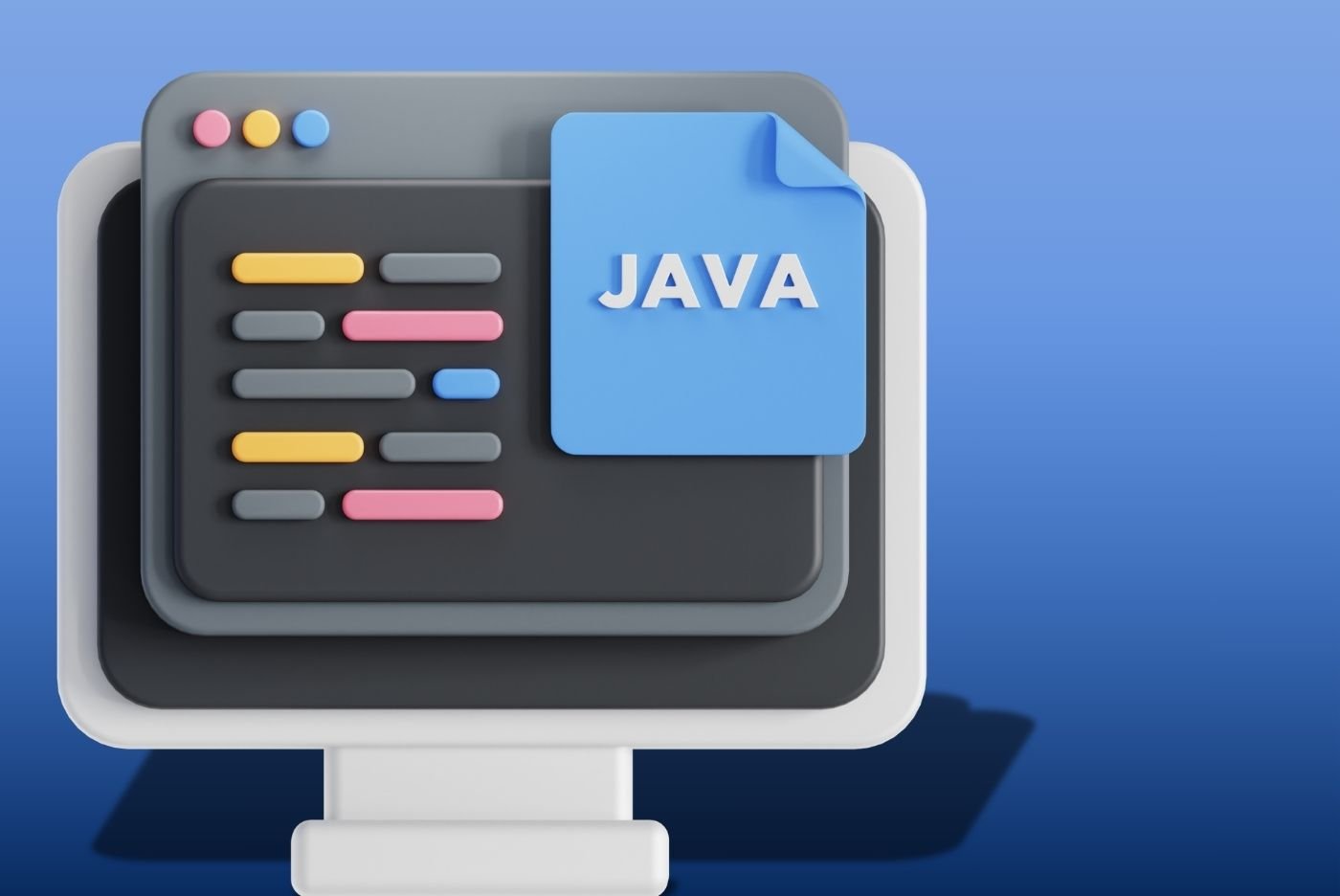In today’s competitive IT world, companies are seeking versatile developers who can handle both frontend and backend development — known as Full Stack Developers. The Python Full Stack Development Training at Amigos Academy is designed for freshers, beginners, and aspiring professionals who want to learn everything required to build, deploy, and manage modern web applications.
This comprehensive program covers the essentials of web development (HTML, CSS, JavaScript, Bootstrap), advanced Python programming, backend development using Django/Flask, databases (MySQL, PostgreSQL, MongoDB), REST API integration, and cloud deployment.
Our step-by-step learning path ensures that even if you are a complete beginner, you’ll progress smoothly from foundations to advanced full stack development, with real-world projects and mentorship preparing you for high-demand IT jobs.
What Makes This Course Stand Out?
At Amigos Academy, we focus on career-driven training with practical application at every step. Unlike generic courses, our curriculum is designed by industry experts and constantly updated to match current IT trends. Get industry-ready with our job-oriented curriculum aligned to top IT company requirements. From day one, you’ll work on hands-on projects to build real-world applications while also focusing on portfolio building to showcase live projects to employers. With beginner-friendly learning (no prior Python required), plus mock interviews, coding challenges, and resume support, we prepare you step by step for a successful IT career.
By the end of this program, you will be able to:
- Build responsive and interactive web applications
- Write scalable backend code in Python using Django/Flask
- Work with both relational (MySQL/PostgreSQL) and non-relational (MongoDB) databases
- Develop and consume REST APIs for seamless integration
Course Curriculum
Frontend Development
-
HTML: Build the structure of web pages using tags, lists, tables, forms, etc.
-
CSS: Style your pages using layouts, fonts, colors, and transitions.
-
JavaScript: Make your websites dynamic by learning DOM manipulation, events, and logic building.
-
Bootstrap: Use pre-built responsive design components to make modern, mobile-friendly websites.
-
Responsive Design Principles: Learn how to adapt web layouts for desktops, tablets, and phones.
